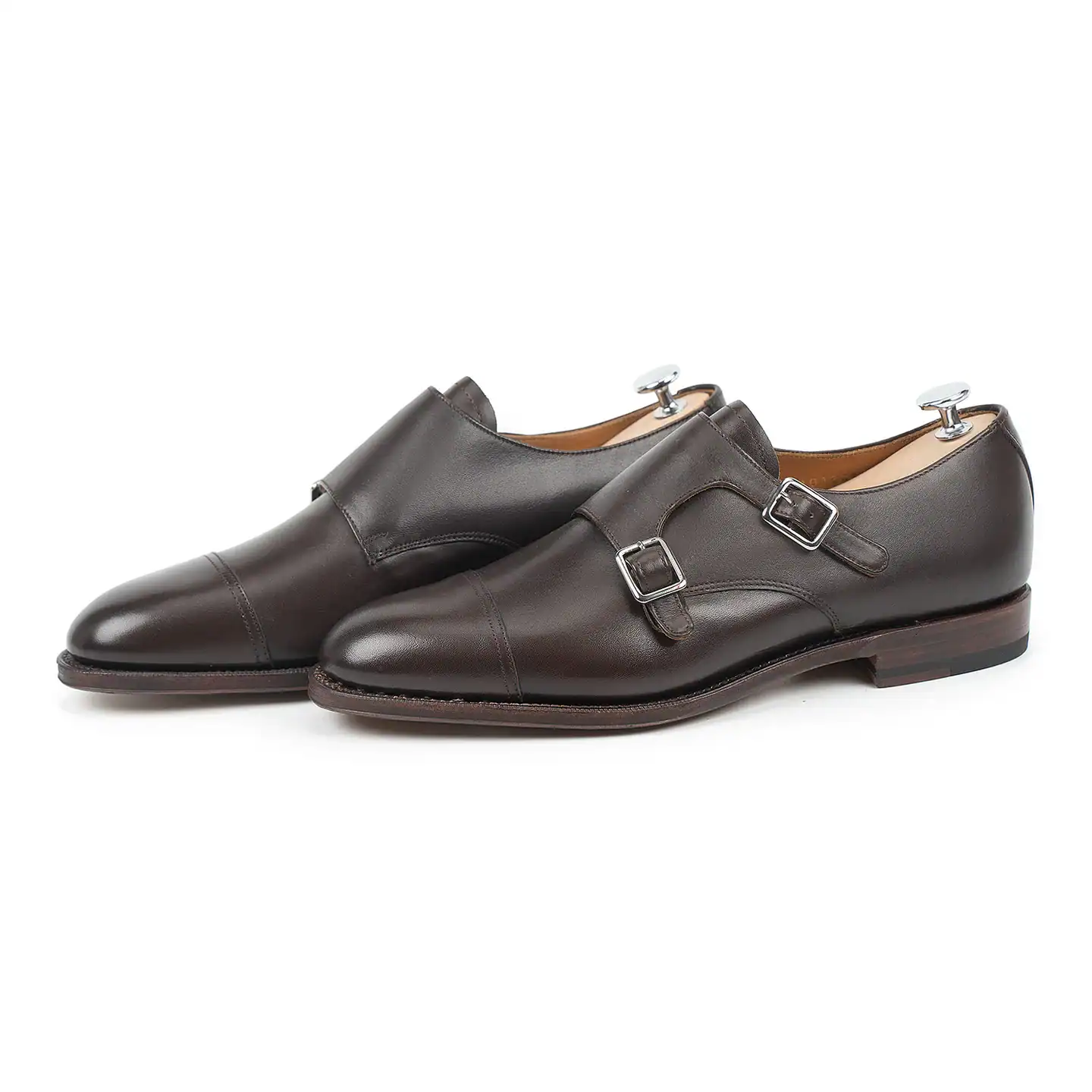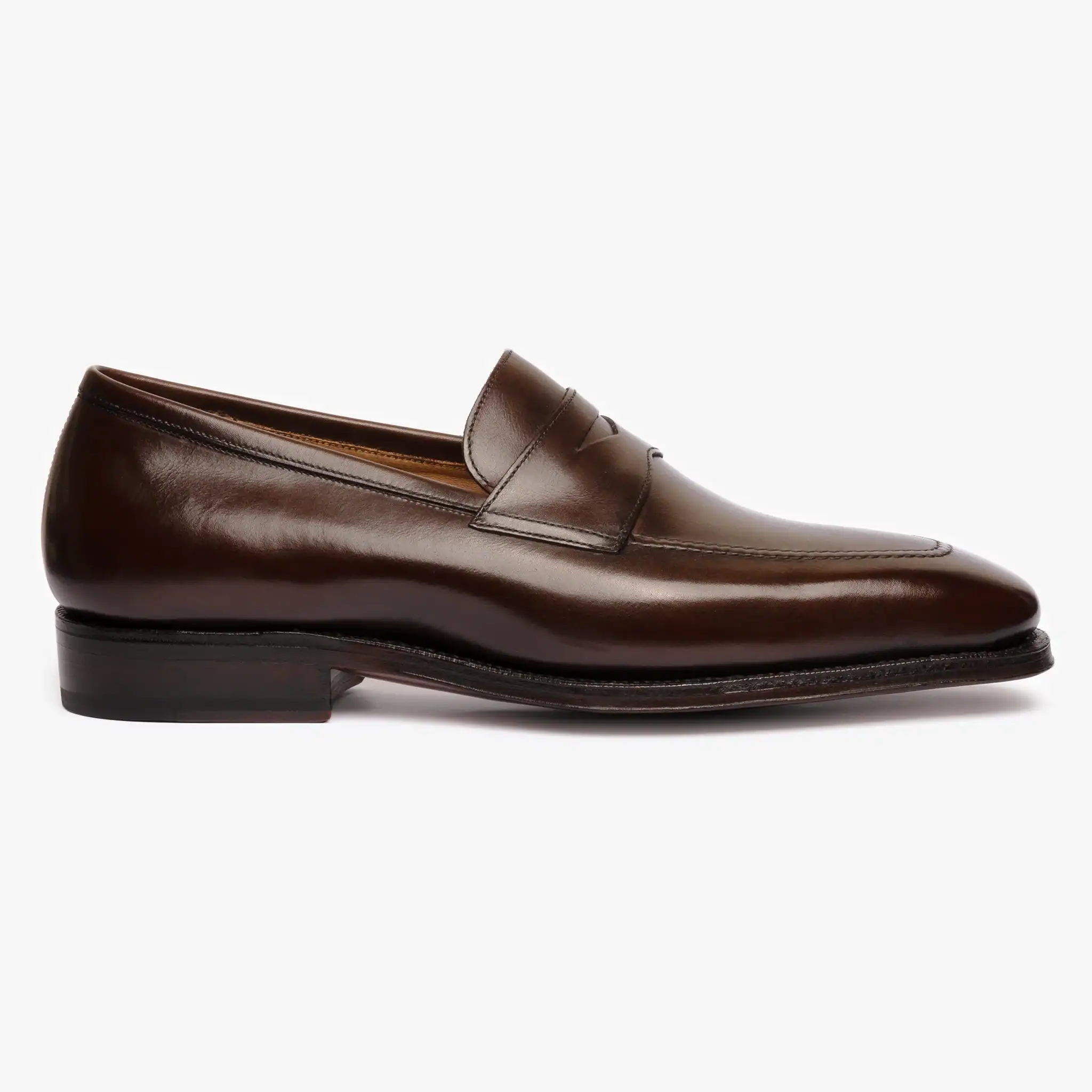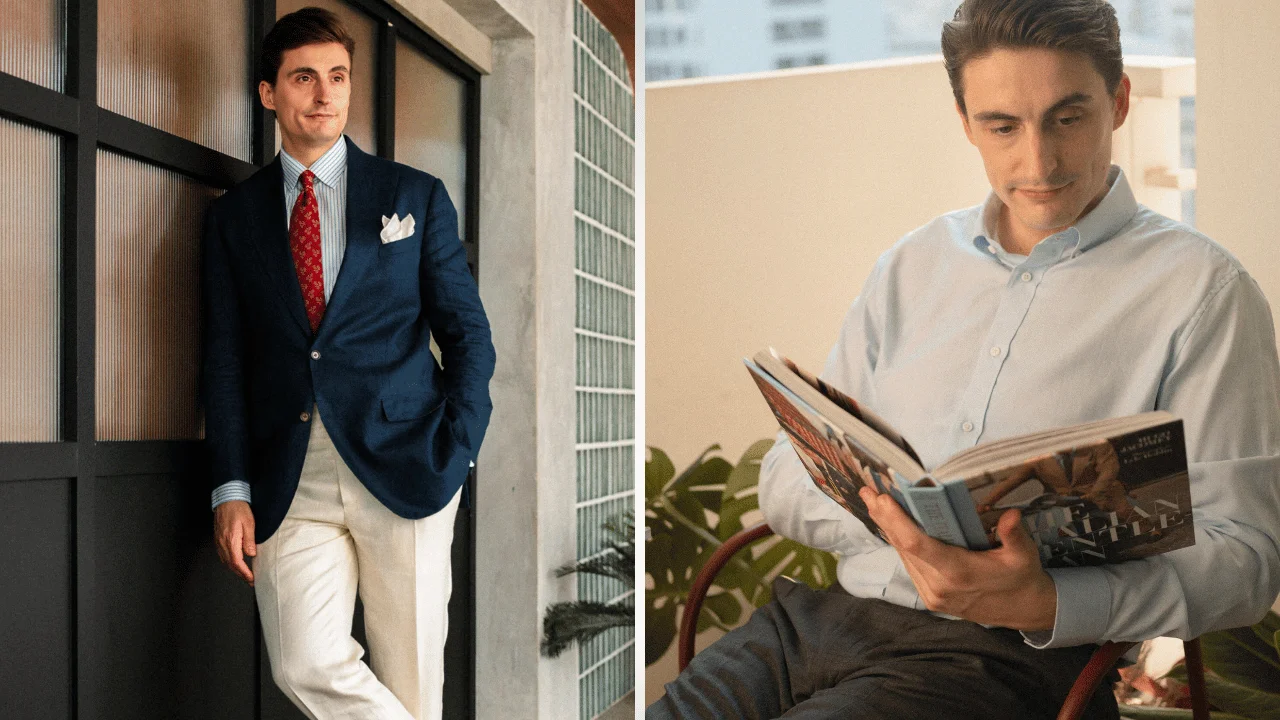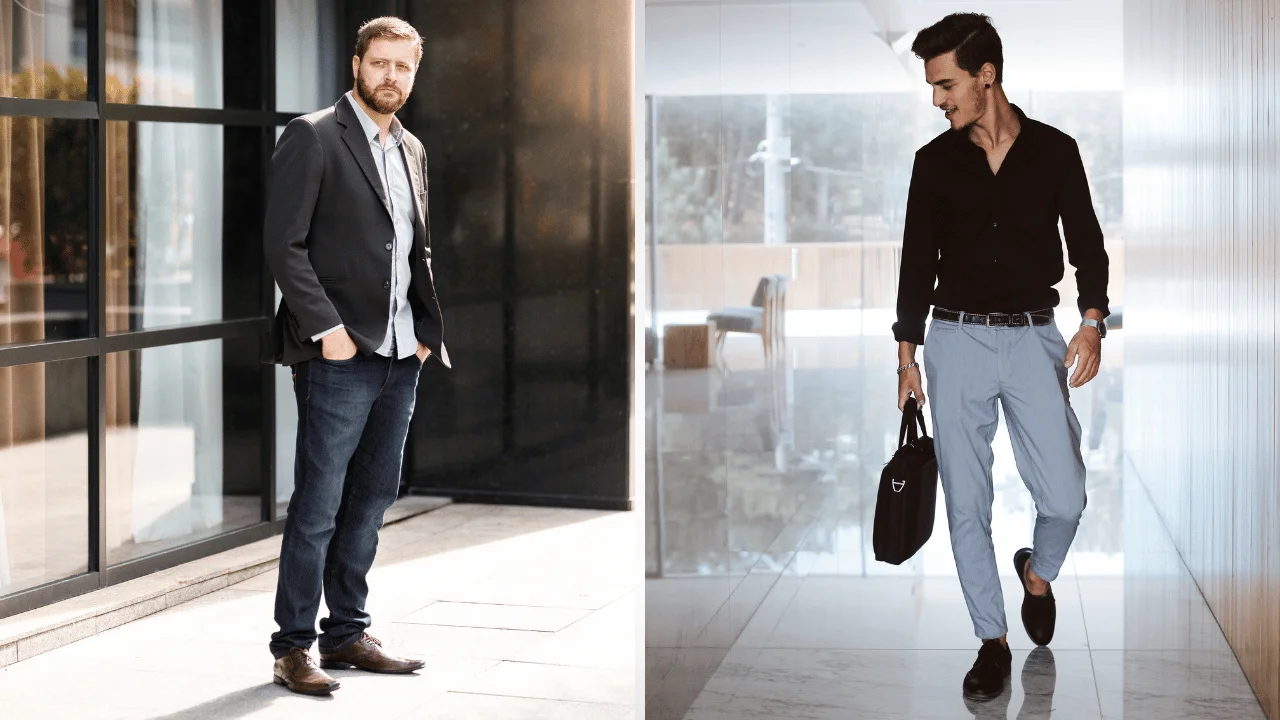If you’re unsure about what shoes to wear for a business casual dress code, you’re not alone. If you struggle with figuring out the best business casual shoes for men, you’re not alone. The term itself is ambiguous and can mean a range of things depending on your industry, workplace, or even geographic region. Some companies are fine with jeans and sneakers; others expect slacks and leather shoes. So today, let’s shed some light on this often-confusing category and help you step into your workplace with confidence.
In this guide, we’ll rank six types of shoes from the most formal to the most casual business casual options. Whether you’re looking to upgrade your office wardrobe or simply trying to figure out what actually counts as “business casual” footwear, this post will have you covered.
But first, let’s define what we mean by “business casual.”
What Is Business Casual, Really?
Business casual is a dress code that sits somewhere between traditional corporate attire and casual streetwear. It generally means dressing professionally without wearing a full suit and tie. In some industries, that might mean wearing a button-down shirt and chinos instead of a suit. In others, it might be as casual as a T-shirt and jeans, provided they’re well-fitted and paired with the right shoes.
The key is to understand your office culture and adjust accordingly. If you’re unsure, err on the side of dressing up slightly more than you think you need to. A well-chosen pair of shoes can elevate even the most casual outfit.

Oxfords and Derbies: The Most Formal Business Casual Shoe Options
Oxfords and Derbies are foundational to a smart wardrobe. They’re classic dress shoes that still hold a place in many business casual settings, particularly the more formal ones. Between the two, Oxfords are more formal due to their closed lacing system, while Derbies are slightly more relaxed with open lacing.
When to wear them: Save black Oxfords for your most formal business casual outfits—for example, when dressing down a full suit by removing the tie or wearing a pair of charcoal wool trousers with a navy sport coat.
Pro tip: To bring them more in line with a business casual aesthetic, opt for versions in suede or with broguing. These design elements soften the shoe’s formality and help bridge the gap between dressy and casual.
Best color choices: Dark brown and burgundy are your most versatile choices. They work well with navy, grey, olive, and tan clothing. Tan shoes, while stylish, often appear too light and attention-grabbing for a versatile business casual shoe.
Consider this: Good shoes are an investment. Unlike shirts or trousers, where you can sometimes get away with fast fashion, shoes reveal their quality very quickly. A well-made pair will serve you for years. Expect to spend at least $180 on quality leather shoes. Some great value-for-money brands include:
If you’re working with a limited budget, the second-hand market is an excellent option. I’ve personally found high-end shoes in great condition for a fraction of the retail price.
Ready to upgrade your style?
Receive weekly style tips, outfit ideas and menswear insights.

Monk Straps: Adding a Unique Touch to Your Business Casual Look
If you’re looking for something a bit different while still maintaining a professional look, monk straps are a great choice. They’re less common than Oxfords or Derbies, which adds an element of individuality to your outfit.
Monk straps come in two varieties: single-monk and double-monk. The choice between the two really comes down to personal style. Double-monks tend to have a bolder look, while single-monks are a bit more understated.
What to wear them with: Wool trousers, chinos, or even dark, minimal jeans. Avoid overly distressed denim or casual fabrics.
Material matters: As with Oxfords and Derbies, suede monk straps lower the formality and work well for most business casual settings.
Color choices: Stick with dark brown or burgundy. Since monk straps already draw attention due to their unique design, choosing a bright or light color can make them stand out too much for a business setting.
A quick style note: Always wear socks with monk straps. A sockless look with this type of shoe tends to look mismatched, even in relaxed settings. No-show socks can work in warmer climates, but visible socks are generally a safer and more professional choice.

Loafers: The Penny Loafer – A Business Casual Classic
Loafers are arguably the most versatile shoe on this list. They’re easy to slip on, comfortable, and stylish without being flashy. Within the loafer category, penny loafers are the most business casual-friendly.
Why penny loafers work: They strike a great balance between polish and ease. They’re less rigid than Oxfords but still look sharp enough for the office.
What to avoid: Stay away from horse-bit loafers, kilt loafers, or chunky fashion loafers. These lean too far into the casual or trend-focused side of the spectrum. Thick-soled loafers in particular don’t fit the clean lines of business casual attire.
Styling tip: Dark brown or burgundy leather is again your best bet. Penny loafers pair well with everything from tailored trousers to chinos and even slim, dark denim. They’re a great choice if you want one pair of shoes that can handle most business casual environments.

Dress Boots and Chelsea Boots: Cold-Weather Essentials
When fall and winter roll around, boots become not only practical but necessary. However, not all boots are created equal when it comes to business casual.
Best choices: Stick with Chelsea boots or refined dress boots. Both offer a sleek silhouette that pairs well with business casual clothing.
Design details to look for: A slightly elongated toe and slim profile generally look more formal. Compare that to a bulkier, round-toe boot with heavy soles, which leans too rugged for most office settings.
Material and sole: Thin rubber or leather soles keep the look clean and professional. Avoid thick treaded soles—they read too casual.
Other good options:
Chukka boots: Slightly more casual, but in suede or leather, they work great with jeans and chinos.
Jodhpur boots: Sleek and unique, these can work well in a more style-conscious office.

Sneakers: Minimalist Sneakers for Very Casual Work Environments
Sneakers are the most relaxed option on this list and should only be considered if your workplace has a very casual dress code. That said, not all sneakers are created equal.
What qualifies as business casual sneakers?
- Low-profile
- Leather, suede, or canvas material
- Neutral colors (white, black, grey, navy)
- Minimal branding
Avoid high tops, running shoes, basketball sneakers, or anything overly sporty. Think Common Projects or Beckett Simonon Rivera—not your gym shoes.
What to wear them with: Sneakers pair best with chinos, slim jeans, or casual wool trousers. Avoid wearing them with suits or overly formal pieces.
A traditionalist’s view: Call me old-fashioned, but I believe sneakers and suits don’t mix. If you’re going to wear a suit, elevate your shoes to match.
Final Thoughts: Invest Wisely, Dress Confidently
Gentlemen, those were six types of business casual shoes, ranked from formal to casual. The key to getting business casual right is understanding where your office falls on the spectrum and choosing footwear that aligns with that tone.
Let’s recap:
- Oxfords & Derbies – Traditional and polished.
- Monk Straps – Stylish with a twist.
- Penny Loafers – Versatile and classic.
- Chelsea & Dress Boots – Perfect for colder months.
- Chukka & Jodhpur Boots – Slightly more relaxed.
- Minimal Sneakers – Only for the most casual workplaces.
Which of these styles is your go-to for work? Let me know in the comments below.
And if you want to avoid the most common business casual mistakes, make sure to check out my follow-up guide coming soon!






